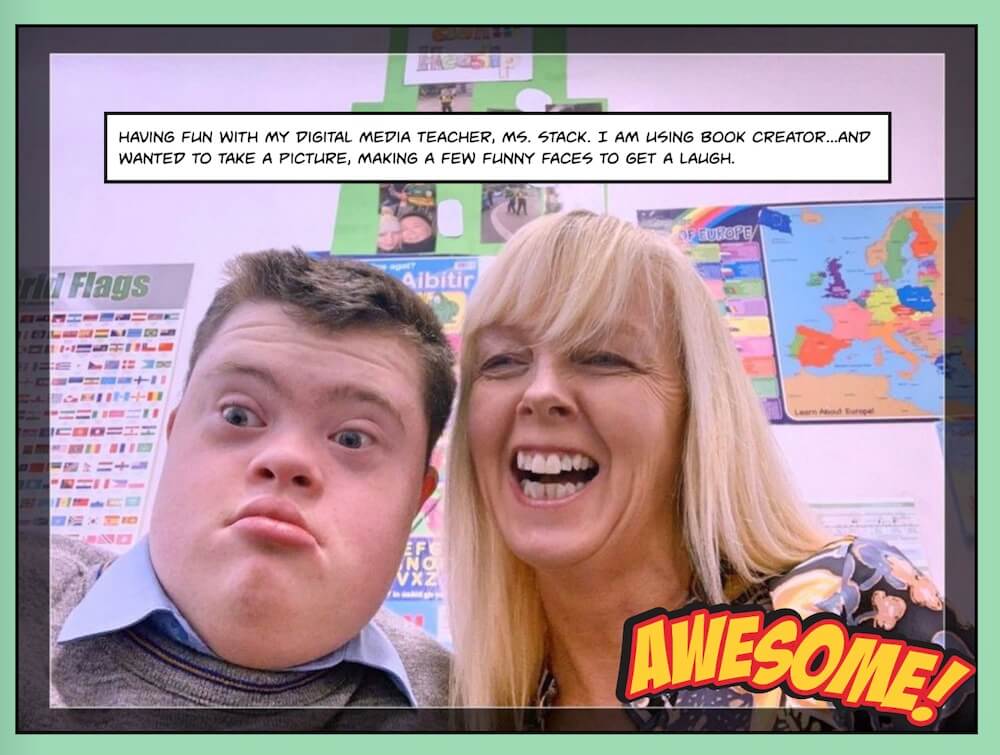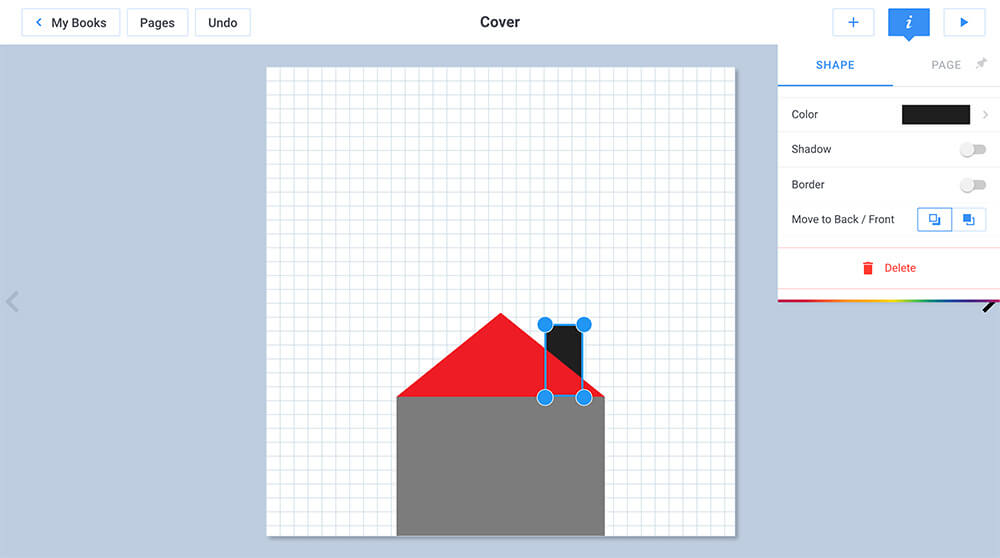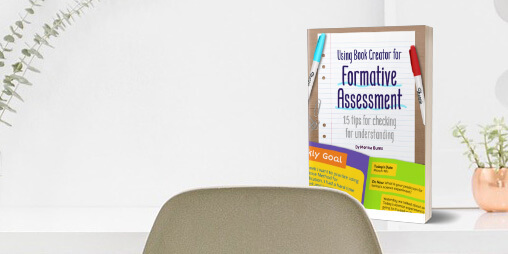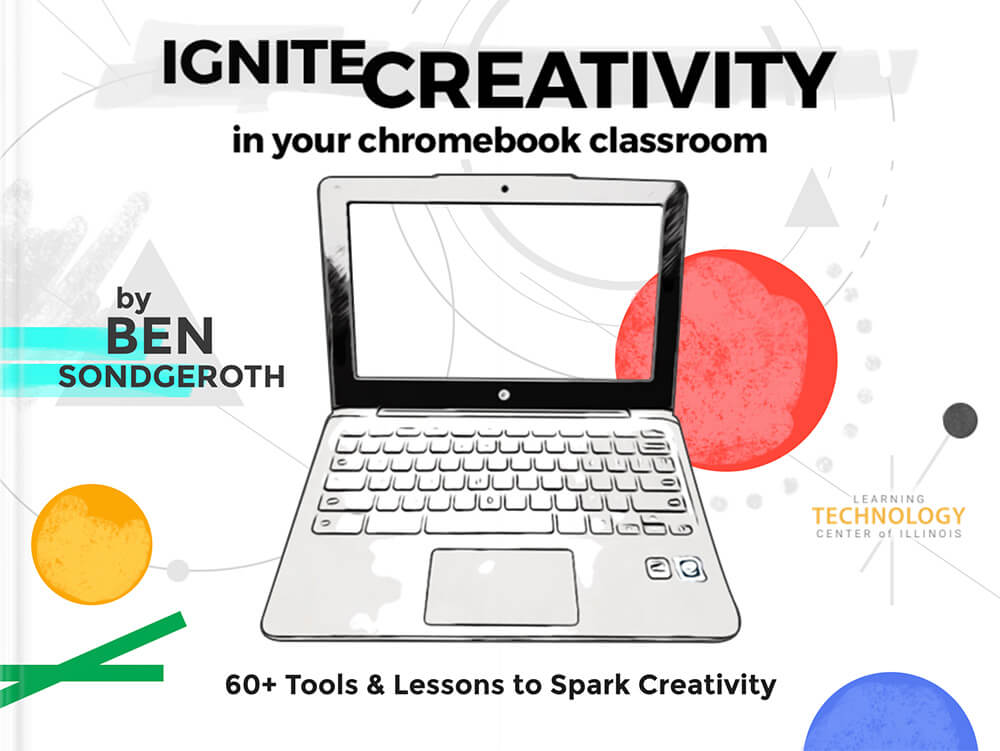I’ve been thinking a lot about how we can use student-created stories as a framework for learning and as a form of assessment.
When you think about it, we ask students to tell the story of their learning all the time. Essays, reports, and presentations allow students to show what they know and share that knowledge with others. We can build on this tradition of demonstrating knowledge through storytelling projects like digital books, which have many advantages over traditional assessments.
What is a 'digital story'?
In its simplest terms, a story communicates information, ideas, emotions or goals in ways that resonate with or motivate an audience. Digital stories may include multimedia like video, sound, photography, and infographics in addition to text, and are easily produced and shared widely, no matter where students may be learning.
Digital books made with Book Creator can be stories in themselves, or a collection of curated stories made by one or more co-authors. Sample stories may include podcasts, explainer videos, documentaries, or slide shows.
Why use digital stories for assessment?
If an assessment is supposed to accurately gauge a level of knowledge, or to demonstrate skill mastery, there’s no better way to do this than through a real world application like a story. They say the best way to learn something is to teach it, and our students go through this process when creating stories because they struggle to learn and master content, then develop ways to clearly explain those concepts to an audience who is unfamiliar with their topic.
Digital stories are also a more equitable and empowering way for students to demonstrate their knowledge. Students who are less confident, neurodivergent, or deaf and hard of hearing, may struggle with class presentations. Students with learning disabilities may struggle to take tests or write essays in ways that other students don’t.
We have to ask ourselves: What are our assessments truly measuring? Because digital stories are created over time using a variety of multimedia, there are many opportunities for students to share their knowledge in ways that best suit their learning styles, personalities, and life challenges. The emphasis of learning is placed back on content and knowledge rather than test taking skills.
Integrating digital stories also allows us to sidestep many of the problems of traditional assessments like cheating, because each story is unique and has no predetermined outcome. Students are more engaged in the learning because they care about crafting a fun story, and can see the purpose behind their hard work. Research shows that project based learning like digital storytelling helps students process challenging life events and can even raise AP scores.
Research shows that project based learning like digital storytelling helps students process challenging life events and can even raise AP scores.
How to use Book Creator stories for assessment
Determine whether you are assessing skills or knowledge or both, then establish realistic expectations and requirements for student projects, such as:
- Length: How many pages are needed to explain your topic?
- What skills must be demonstrated somewhere in the book?
- How will you cite your research?
- Including step-by-step instructions or timelines (if applicable).
- Which multimedia elements show process, context (before and after), or provide visual evidence?
- How will you communicate data (if applicable), like charts or graphs?
- How to include subject-specific vocabulary, concepts or definitions.
Create an outline for the steps of the storytelling process and have deadlines for each, such as:
- Research and brainstorm
- Outline and storyboard (rough sketches of what each page might look like)
- First draft
- Workshop (peer & teacher feedback)
- Final draft
Learning momentum
It’s important to have students reflect on their learning, throughout the storytelling project. This can help them celebrate their achievements and identify areas for growth. I ask students to do this privately through written reflections as well as publicly during class critiques.
This achieves two important goals: metacognitive reflection helps the learning sink in (and may even become the seed for a future project) and also benefits the rest of the class who can learn from the obstacles that were overcome during the making of each classmate’s book.
Assessing the assessment
When I grade student projects, I give separate grades for content and storytelling style. Additional grading criteria can also encourage the development of a positive class culture, such as rewarding projects that are courageous, tackle unusual or lesser-known topics, or are inclusive of diverse audiences by publishing books that are accessible to readers with disabilities or in other languages.
My tips for success
- Start small: Create 2-4 page books that build on a current assignment you already use.
- Let students practice their Book Creator skills by creating ‘free writes’ or fun mini books on subjects of their choice before starting the big project.
- Peer reviews during workshop and critiques is important. Review how to give constructive feedback with your students and model it with them.
- Work with your students to develop class-wide expectations and grading criteria to foster a culture of ownership over learning.
I can’t wait to see what your students create. Share your favorite Book Creator projects using the hashtag #BookCreator.
Michael is an award-winning teacher, author, and international speaker in Los Angeles whose work focuses on digital and civic literacy, social justice, and student-centered learning experiences. His new book about authentic learning, Storytelling With Purpose: Digital Projects To Ignite Student Curiosity, leverages student passion to solve some of the biggest challenges educators face, like low student engagement and artificial intelligence. He is a Book Creator Ambassador, and the author of Book Creator for the High School Classroom. Find out more about Michael on his website.










